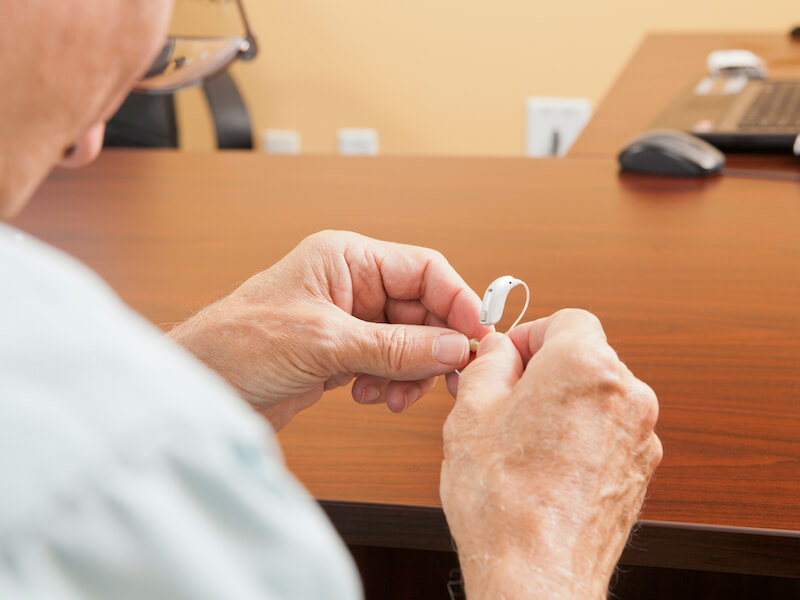
You take care of your hearing aids. When you go to sleep, you always put them snuggly on the charger and you clean them daily.
But you get pretty discouraged when your hearing aids suddenly stop working the way they did once. Fortunately, there are some measures you can take to troubleshoot the problem. Just don’t forget: your main job is to refrain from damaging your hearing aid further (or you may need to replace them).
Troubleshooting your hearing aid
Of course, when you first got your nice new hearing aids, you made a point of putting the owner’s manual in a safe spot. Hopefully, you did so that you can consult with your owner’s manual to undertake maintenance and troubleshooting. Each model of hearing aid can be rather different so it’s important to follow the manual’s recommendations.
Here are some things you can check on most models:
- Wax accumulation: Make sure there’s no wax on your hearing aid by giving it a visual check. Even if you undertake regular cleaning, sometimes wax can build up quickly, so it’s worth ticking this off your list.
- Check your battery: Even if you know your hearing aids spent the night on the charger, you’ll want to double-check the battery power. It might be a good idea to check if you may need new batteries or if the old ones are correctly inserted, particularly if your batteries are replaceable.
- Check for visible damage: Does your hearing aid have any apparent loose components or cracks in its shell? Cracks, clearly, could indicate more extensive damage (or allow in moisture).
- Keep your microphone clear: Check your hearing aid to see if anything is blocking the microphone. Your hearing aid might feedback or simply fail to work if the microphone is obstructed.
Once again you can find out how to address each of these concerns by referring to your owner’s manual. Self-maintenance is sometimes possible.
How can I tell when my hearing aid requires repair?
If your hearing aid continues to malfunction after you have performed basic upkeep and troubleshooting, it’s likely that your hearing aid will need to be professionally repaired. You need your hearing aids for nearly every aspect of your life so this might not sound really appealing.
It’s certainly worth noting that “repair” doesn’t always mean “mail your hearing aids in for service and wait several weeks”. In some cases, we can repair your hearing aid in office while you wait.
Or, you’ll be able to bring your hearing aids in for professional help and have them back in just a few hours (this, of course, depends on the extent of the damage, all the more reason to get your devices in for repair as soon as possible).
But quick repair will not be possible in every case. A backup set of hearing aids might be necessary in these situations. Maybe you have an old pair that will do temporarily in a pinch. Or maybe we have a loaner pair you can use.
Get help with your hearing aids right away
If the audio quality is starting to fail, it’s essential to get your hearing aids checked and repaired.
You’ll want to avoid any downtime. Your mental health and your overall health can be impacted by untreated hearing loss. More to the point, once your hearing aids are ignored in a box somewhere, it’s all too easy to pretend they don’t exist, all the while, your hearing gets worse and worse.
The best way to keep your hearing healthy is to keep those hearing aids working. And the ideal way to do that is to keep them clean, keep them charged, and, when needed, take your hearing aids to get some professional repair.

